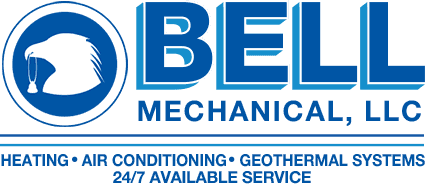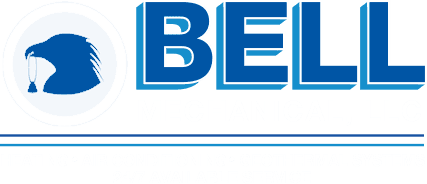Indoor air quality (IAQ) is a crucial aspect of our everyday lives, yet it often goes unnoticed until problems arise. Poor indoor air quality can have significant implications for our health and well-being. Understanding the signs of poor IAQ is essential for maintaining a healthy indoor environment. Here are 10 signs to watch out for:
1. Lingering Odors
Persistent, unpleasant odors that linger even after cleaning could indicate poor indoor air quality. These odors may stem from mold, mildew, pet dander, or volatile organic compounds (VOCs) emitted by household products.
2. Excessive Dust
While some dust in homes is inevitable, an excessive amount can indicate poor IAQ. Dust buildup on surfaces and in air vents may exacerbate respiratory issues and allergies.
3. Visible Mold and Mildew
Mold and mildew thrive in environments with high humidity levels. Visible mold growth on walls, ceilings, or around windows suggests poor ventilation and moisture control, which can compromise IAQ.
4. Respiratory Irritation
Frequent coughing, sneezing, wheezing, or shortness of breath among occupants may indicate poor IAQ. Pollutants such as pollen, dust mites, and pet dander can exacerbate respiratory conditions like asthma.
5. Increased Allergy Symptoms
Poor IAQ can exacerbate allergy symptoms, causing itchy eyes, runny nose, and skin irritation. Indoor pollutants like dust mites, pollen, and mold spores can trigger allergic reactions in sensitive individuals.
6. Fatigue and Headaches
Indoor air pollutants, such as carbon monoxide and VOCs, can contribute to headaches, dizziness, and fatigue. Prolonged exposure may have adverse effects on cognitive function and overall well-being.
7. Condensation on Windows
Condensation on windows indicates high humidity levels indoors, which can promote mold growth and compromise IAQ. Poor ventilation exacerbates moisture buildup, leading to potential health risks.
8. Stale or Stuffiness
A stale or stuffy atmosphere indoors suggests inadequate ventilation, trapping indoor pollutants and reducing air circulation. Proper ventilation is crucial for maintaining fresh indoor air and preventing IAQ issues.
9. Insect Infestations
Insects such as cockroaches and dust mites thrive in environments with poor IAQ. Their presence may indicate hidden sources of moisture or organic matter, which can worsen indoor air quality and pose health risks.
10. Sudden Onset of Symptoms
If occupants experience sudden onset symptoms such as coughing, nausea, or irritation upon entering a particular room or building, it may indicate poor IAQ. Investigating potential sources of indoor pollutants is essential for mitigating health risks.
Improving indoor air quality is essential for creating a healthy and comfortable living environment. Strategies such as proper ventilation, regular cleaning, and minimizing indoor pollutants can help mitigate IAQ issues. Consulting with IAQ professionals may be necessary for identifying and addressing specific concerns.
In conclusion, recognizing and addressing poor indoor air quality is crucial for the health and comfort of everyone in your Mahopac, NY home. If you've noticed any of the signs discussed, it's time to take action. At Bell Mechanical, LLC, we're dedicated to helping you breathe easier with our professional HVAC services. Don't let the air inside your home compromise your well-being. Contact us today to schedule an indoor air quality evaluation and take the first step towards a fresher, healthier indoor environment.

